Alocasia plants are one of the most popular indoor plants for the house and office. They come in a wide variety of sizes and colors, but many people don’t know that alocasia leaves can turn yellow.
If you want to keep your plant healthy, it’s important to learn how to care for an alocasia plant with yellow leaves. We’ll go over some common causes and solutions below!
Why Are My Alocasia Polly Leaves Turning Yellow?
Your alocasia polly leaves are turning yellow because the plant has been given too much water, not enough sun, or it is experiencing environmental stress.
Let’s explore the most common causes of yellowing leaves on an alocasia polly and what you can do about them.
Alocasia Polly Turning Yellow from Overwatering
One of the most common causes of yellowing alocasia polly leaves is overwatering. Alocasia polly leaves turning yellow from overwatering is usually a sign that the plant roots have been sitting in too much water for an extended period of time. This can even cause root rot and kill your alocasia polly!
If you see signs of overwatering, such as yellowing leaves or mushy black spots on the soil surface, it’s important to correct this problem right away before it kills your plant. The best way to do this is by letting the soil dry out completely before watering again.
In serious cases, you will have to re-pot your plant into fresh soil and prune off any dead roots. When pruning these roots, always use sterilized scissors and be careful not to damage other areas of the plant.
Moving forward, make sure to only water your alocasia polly when the soil is dry and never let it sit in a saucer full of excess water. You can test the soil by sticking your finger in the top inch of soil to see if it is dry or still moist.
Alternatively, you can use a moisture meter, which allows for the most accurate measurement possible.
Alocasia Polly Turning Yellow from Too Little Sunlight
Another common cause of yellowing alocasia polly leaves is not giving the plant enough sunlight. If your alocasia polly has been kept in a dark room for an extended period of time, its leaves will start to turn paler and eventually become yellow.
For best results, place your potted alocasia polly near a window where it can receive at least four hours of indirect sunlight each day.
Keep in mind that while most varieties prefer bright light, some types only grow well with medium or low lighting conditions — so be sure to do your research before you buy!
You can even use grow lights to extend the amount of time your alocasia polly can bask under some light. I use them in the winter for nearly all of my plants.
Alocasia Polly Turning Yellow from Stress
If your alocasia polly is wilting or turning yellow despite the fact that you are giving it enough water and sunlight, this could be caused by environmental stress. Environmental stress can come in many forms, such as temperature changes or exposure to cold drafts.
The best way to prevent environmental stress is by keeping your plant away from any drafty windows where air conditioning might be blowing directly on them.
It’s also advisable to not re-pot your alocasia polly unless absolutely necessary as this can cause a lot of stress for the plant – wait until it shows signs of needing a bigger pot!
Alocasia Polly Leaves FAQs
These plants aren’t the easiest to take care of. As such, I will now answer some of the most frequently asked questions about their leaves.
Should I cut yellow leaves off the alocasia polly?
Yes, you can cut yellow leaves off the alocasia polly, but you should only do so if they are dead or dying. If a leaf is still green and healthy-looking, then it would be best to leave it alone until it starts dying.
When cutting any part of this plant, make sure that you sterilize your scissors with alcohol before using them on another area! Otherwise, you could risk spreading fungal diseases, which will quickly take over your entire plant.
Is it normal for my alocasia polly to lose some of its lower leaves?
Yes, it is totally normal for your alocasia polly to lose some of its lower leaves as it grows. In fact, the plant will usually drop around half of all its leaves during a growing season!
Will too little light cause my alocasia polly to turn yellow?
Yes, not having enough light is one of the most common causes of yellowing alocasia polly leaves. If your potted alocasia polly isn’t receiving at least four hours per day, its leaves will start to turn paler and eventually become yellow.
Will too much water cause my alocasia polly leaves to turn yellow?
Yes, overwatering is another common cause of yellowing alocasia polly leaves. If you notice that the soil has become soggy or waterlogged, then it’s likely that your plant has been sitting in an excess of moisture for too long.
Will yellow alocasia polly leaves turn green again?
No, once a leaf turns yellow, it can’t turn green again. Instead, you should focus on finding out what caused the leaves to turn yellow in the first place so that you can correct this issue as soon as possible!
Conclusion
In conclusion, alocasia polly leaves turn yellow for a variety of reasons. If your alocasia polly is suffering from overwatering, too little sunlight or environmental stress and its leaves are turning yellow, you can fix this by allowing the soil to dry out completely between waterings and giving it more light if needed.
In addition, re-potting should only be done when necessary as it may cause even more stress on the plant! In some cases, no matter how much care you give an alocasia polly with yellowing leaves there will always be parts that won’t recover.
I hope this article was helpful! If you enjoyed it, please read my other articles and stay tuned for updates from alocasia polly!
Tim is an avid gardener from the UK. He was the founder of PlantCarer.com from 2021 to Sep 2023. He sold PlantCarer.com to Aaron. He has since started his own business called Seed To Supper, which provides new gardeners all the materials you need in a box (pots, seeds, compost and instructions) to grow your own delicious and nutritious vegetables and herbs from start to finish – no garden required.



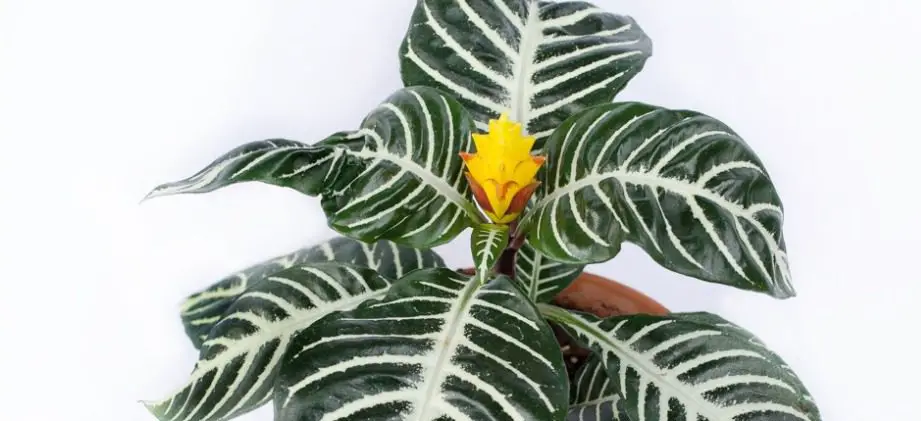
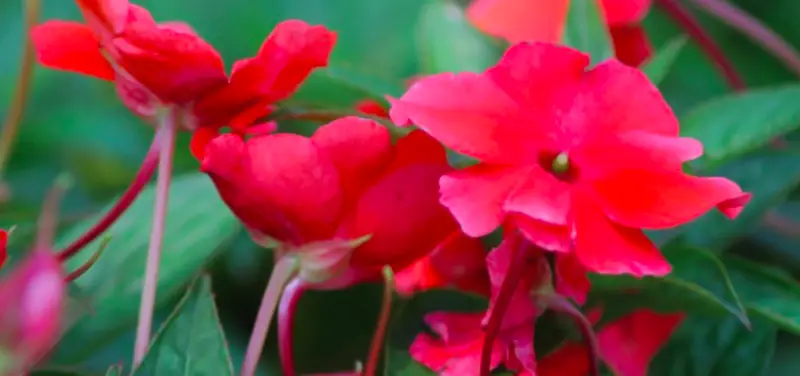
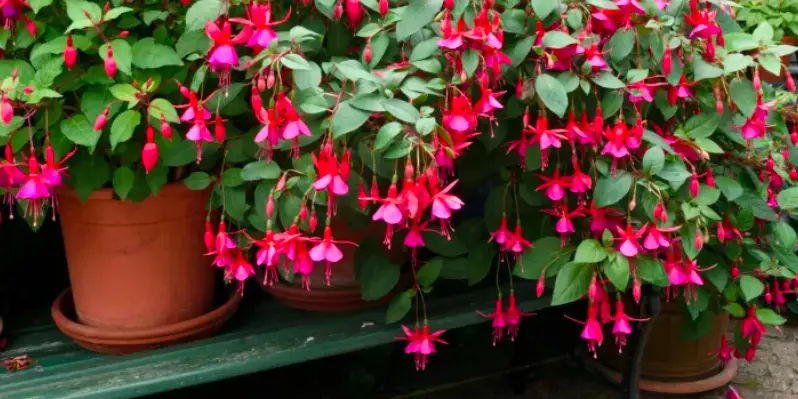
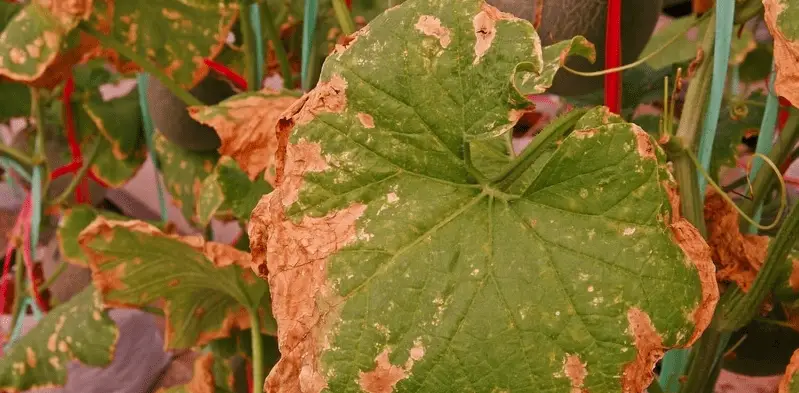
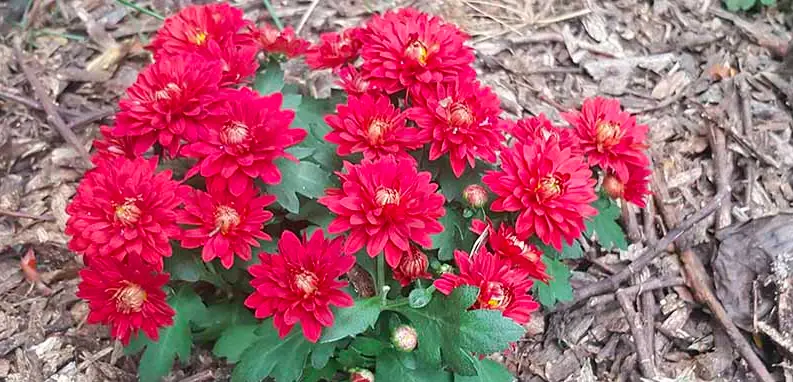
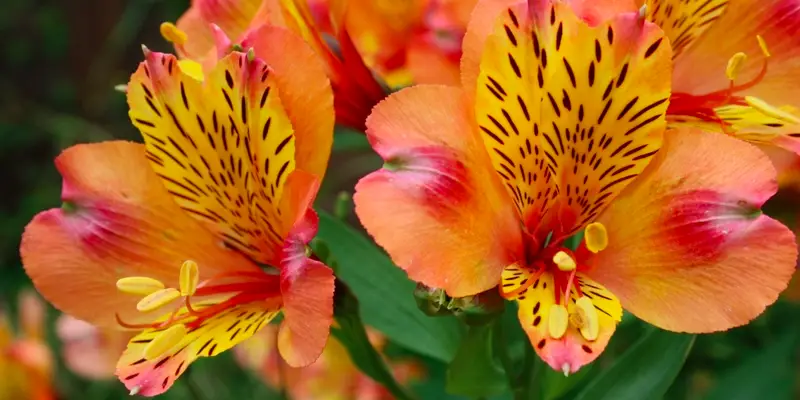
0 Comments